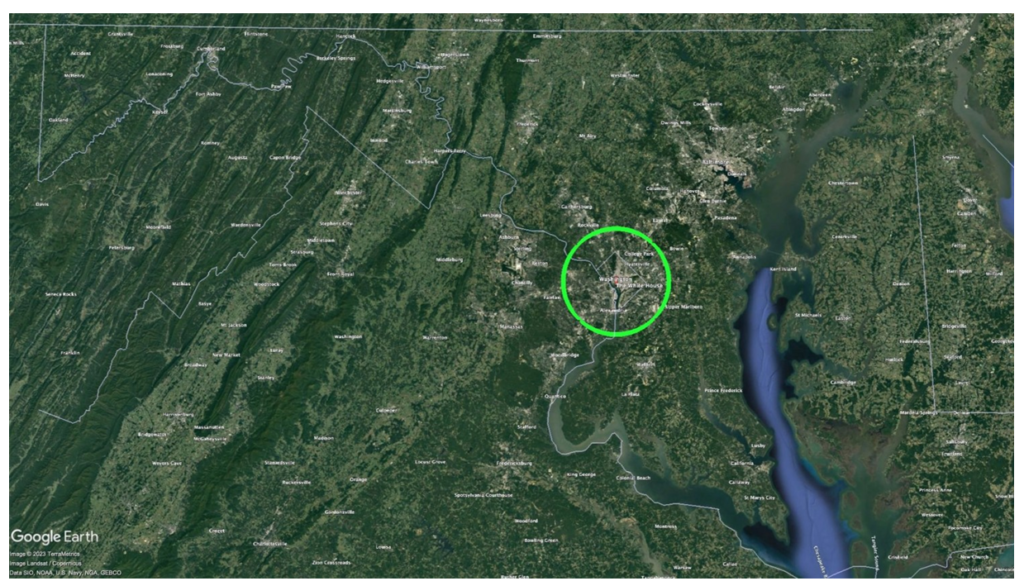Last week NATO announced a contract for the purchase of up to 1,000 advanced versions of Patriot air defense missiles. The contract is a multinational procurement among Germany, the Netherlands, Romania and Spain, and its order volume enables a Germany-based production facility for Patriot missiles. This facility wil be the only one of its kind for the Patriot missile outside the U.S., according to MBDA Deutschland.
As I forecasted in December 2022 before I started this Global Risk & Intelligence newsletter, Ukraine’s Patriots have not been a game changer for the Russia-Ukraine war; the U.S. planned to send only one Patriot battery to Ukraine, and the system has limited coverage (Ukraine reportedly now has a second battery/launcher donated jointly by Germany and The Netherlands). Last month Ukrainian President Volodymyr Zelenskyy privately told a group of analysts that the country has only a “handful” of the air defense missiles, placed only around Kyiv. He said Ukraine needs a “a dozen” more to protect key cities.
Here are a couple images I created for a follow-up post to my article.


A republish of my December 2022 article is below.
I’ve worked extensively with #patriot personnel and done lots of work on air defenses (both offensively and defensively). The MIM-104 Patriot surface-to-air missile (SAM) system, which Ukraine seeks to augment its current air defenses, will definitely benefit #ukraine. But it likely wont be a “game changer”. The one Patriot battery the U.S. is considering for Ukraine is unlikely to mitigate effectively against #russia “freezing out” the Ukrainians this winter by targeting critical infrastructure, especially if the system isn’t in place by January (Ukraine’s coldest month). It is also unlikely to prevent Russia’s widespread attacks on civilians.
Built by Raytheon Missiles & Defense (Lockheed Martin builds the system’s latest interceptors), it is an incredibly effective system, especially against aircraft (it’s original purpose). U.S. fighter pilots with whom I’ve worked told me they have even been instructed to immediately eject–instead of taking evasive maneuvers on which they extensively train–if they’re accidentally painted by a Patriot radar or engaged by a Patriot missile. But there will be a few limitations with the Patriot system in Ukraine:
- Training and delivery. It will take time to train the Ukrainians on the system—both operating it and maintaining it. For expedience, the U.S. could shorten the 20-week training curriculum for the Ukrainians. In terms of delivery, if the U.S. (or an ally) will provide an existing system, the delivery time might be only weeks or a couple months. If it will be a new system, it will likely take much longer to field in Ukraine.
- Logistics. There are variations of a famous saying “Amateurs study tactics while professionals study logistics.” What are the plans for the U.S. and its allies to resupply Ukraine with the $4 million-dollar Patriot missiles?
- Limited range/coverage. Like most air defense systems, the Patriot system can cover only so much real estate. The range of the Patriot missile is 70 km (43.5 miles) and a NATO fact sheet claims it can defend 15-20 km (9-12 miles) against ballistic missiles. And according to some press reports, Ukrainians aren’t getting an entire battalion of 50 batteries—but only one battery, which has only 8 launchers. So, the Ukrainians will need to decide which one or two military base(s) or section(s) of a city it wants to protect with the system. It will be interesting to see what Ukraine considers the highest priorities on its critical asset list (I assume and hope they have a formal list buttressed by solid methodology).
- Vulnerabilities. As capable as the Patriot is, it still has vulnerabilities inherent in all air defense systems, and others specific to the Patriot (which I won’t discuss here). One vulnerability of all air defense systems are their susceptibility to saturation. An adversary simply throws as many things at it as possible. Even worse for the defender if these objects have different flight profiles (e.g., very low-flying helicopters, fast-moving jets, and supersonic missiles on a ballistic trajectory). Reportedly, the Patriot’s radar system can track up to 100 targets and can provide missile guidance data for up to nine missiles. There’s only so much math that a SAM’s algorithms can process, only so many interceptor missiles its radar can guide, and only so much coordination and decision making the humans who man these systems can handle. Remember when Iranian air defenses accidentally shot down a Ukrainian airliner in January 2020?

Another means of degrading an air defense system—really, rendering it ineffective—is to destroy its target acquisition/tracking radar system. I assume the Russians will consider doing this, and they have already made threats against Ukraine’s future Patriot system.
They could also just use numerous missiles and drones to saturate whatever target or area that one Patriot battery is defending. Or they might just avoid that limited area; Ukraine is a huge country.


